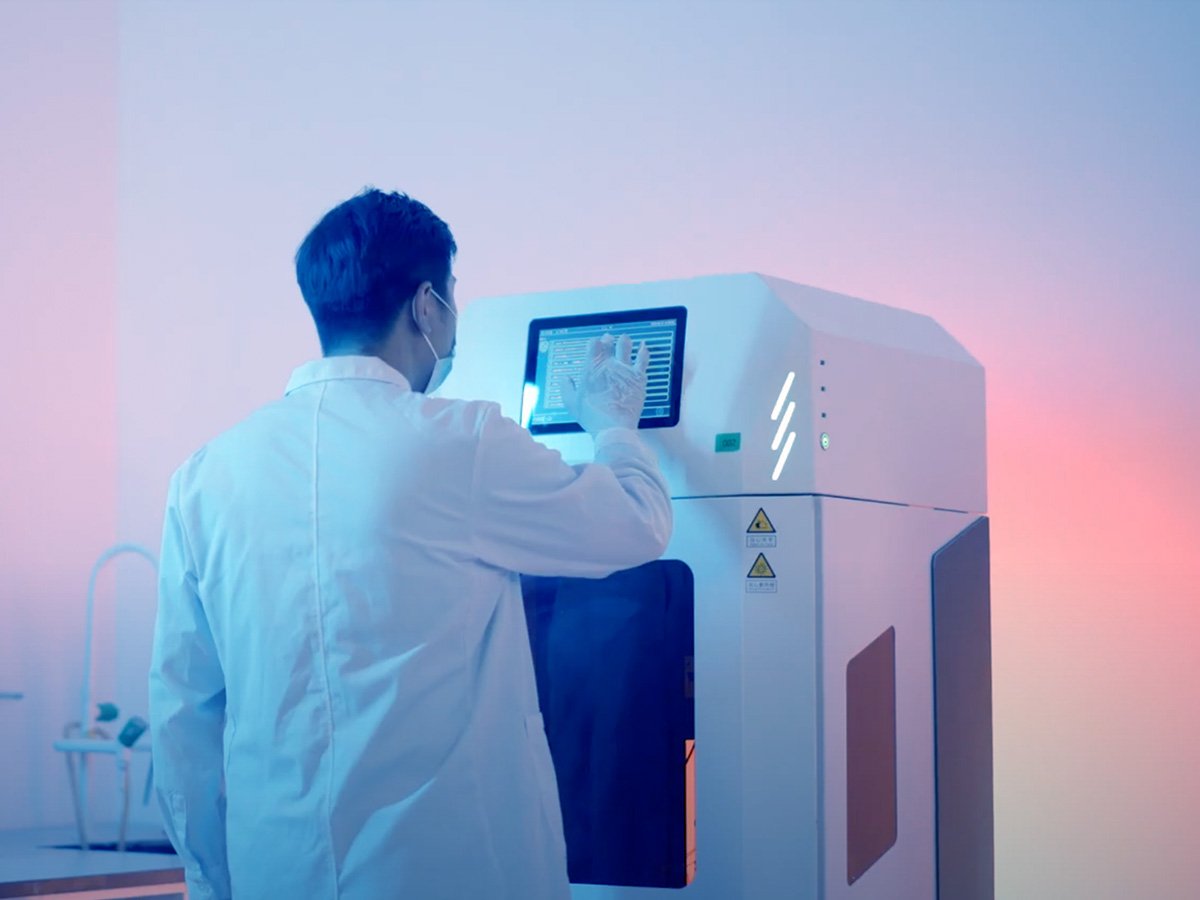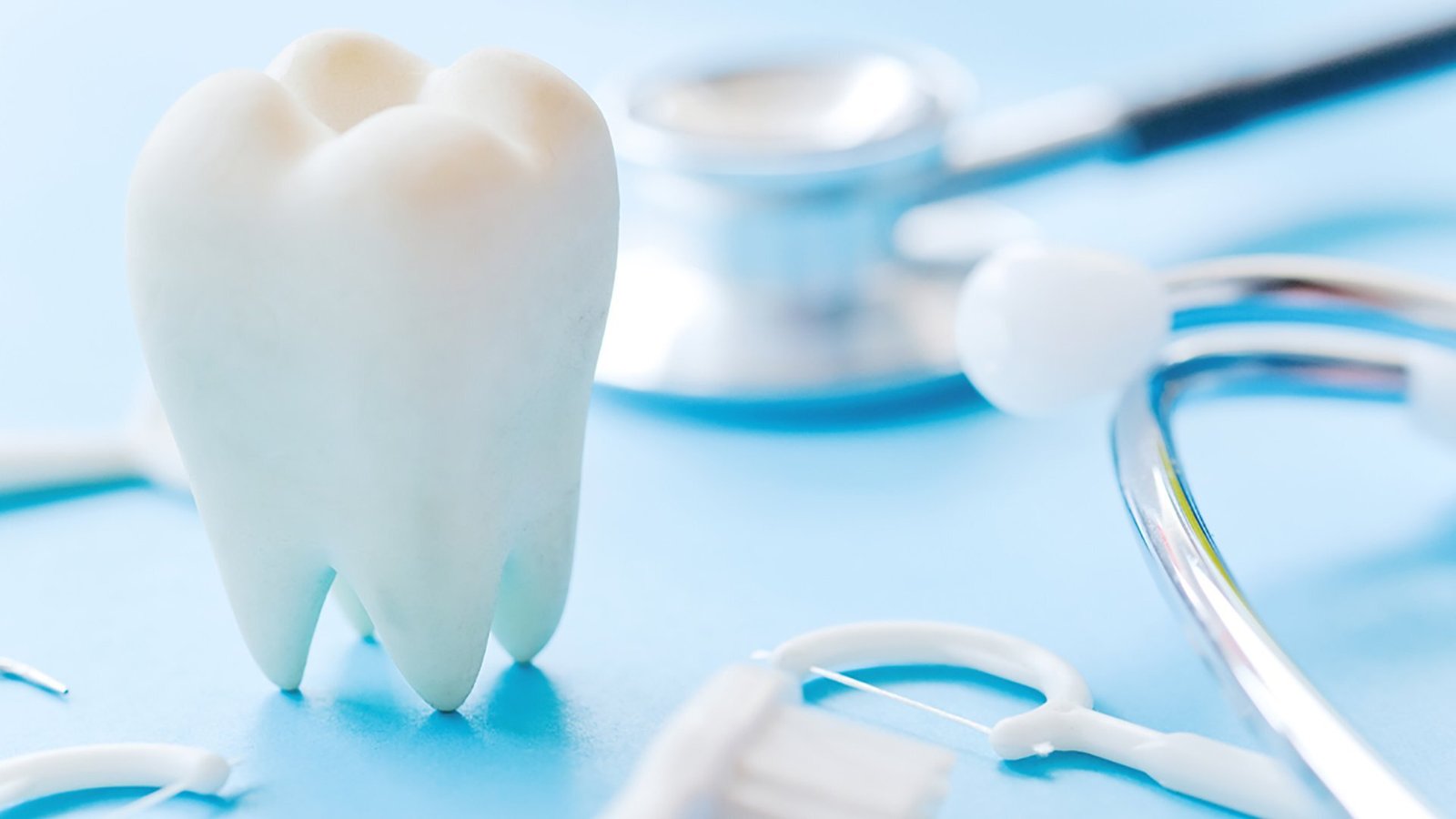Splinted dental crowns for the purpose of stabilizing mobile teeth and implants are, indeed, a predictable restorative treatment. Whether splinting crowns on natural teeth or splinted crowns for compromised teeth, the distribution of biting forces, stabilization, and longevity of restorations are achieved with this method. Splinted crowns in periodontal therapy aid in managing the physiological tooth mobility while preventing progressive loss of tooth structure. We will explore the different aspects of splinted dental crowns, including their indications, applications, and why Aidite stands out as a trusted partner in modern dental care.
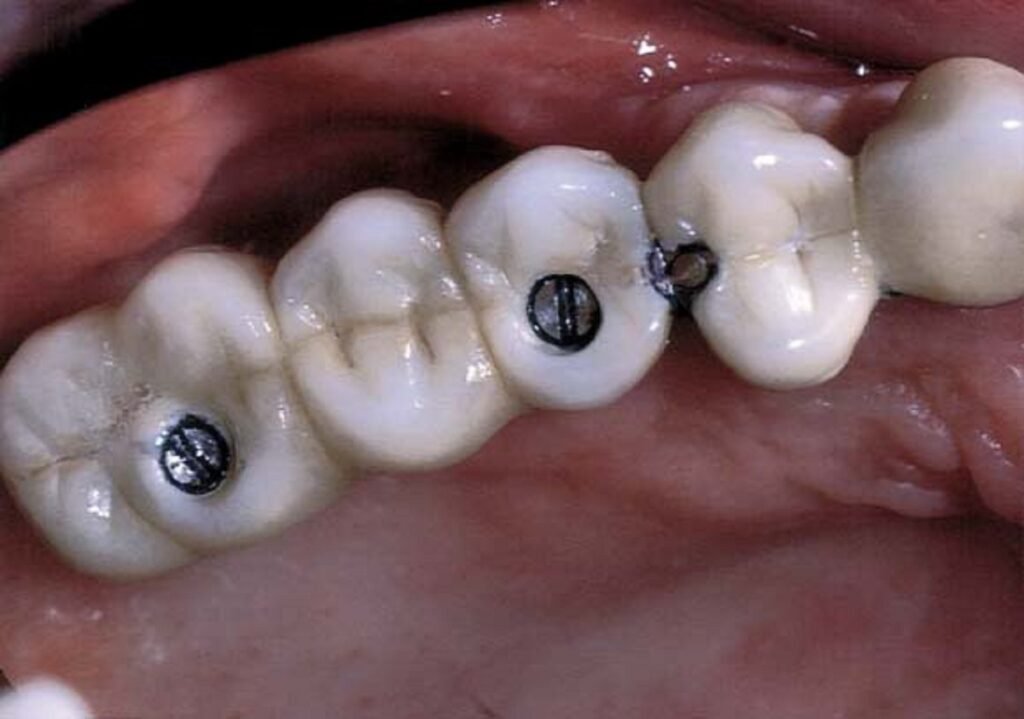
- Understanding Splinted Dental Crowns
- What are the indications for splinted dental crowns
- What to Expect: Step-by-Step Guide to Getting a Splinted Dental Crown
- Benefits of Splinted Dental Crowns
- Clinical Considerations When Choosing Splinted Dental Crowns
- Splinted Dental Crowns: The Importance of High Quality Cereamics
- FAQs
Understanding Splinted Dental Crowns
In this context, Splinted dental crowns means that two or more crowns are joined together so that they can function as one unit. The method is commonly used to splinted crowns for compromised teeth or to stabilize occlusal forces. In individuals whose teeth have been periodontally compromised, in cases where implants have been placed, and in weakened natural teeth, dentists can join crowns together to achieve a more stable restoration and restore function. Aidite delivers high-performance zirconia and ceramic solutions to ensure that splinted dental crowns will restore not only function but also high aesthetic values that integrate perfectly with natural dentition.
What are the indications for splinted dental crowns
Splinting crowns on natural teeth is frequently splinted into a more stable unit to maintain function during the healing period of mobile teeth.
Key benefits include:
- Stabilizes Loose Teeth: One of the benefits of connecting those crowns is that it helps keep those teeth that are mobile from moving any further.
- Distributes Occlusal Forces: Chewing distributes the forces across multiple teeth, minimizing stress on compromised structures.
- Prevents Tooth Migration: Splinting helps keep those teeth from shifting around and keeps the dental arches aligned.
- Supports Periodontal Healing: Fixated teeth help with the recuperation of drug-influenced periodontal tissues.
- Improves Patient Comfort: More stability of the tooth reduces discomfort during chewing or speaking.
Aidite accurate mill technology enables splinted dental crowns that fit perfectly, and the outcomes for splinting crowns on natural teeth are optimized.
What to Expect: Step-by-Step Guide to Getting a Splinted Dental Crown
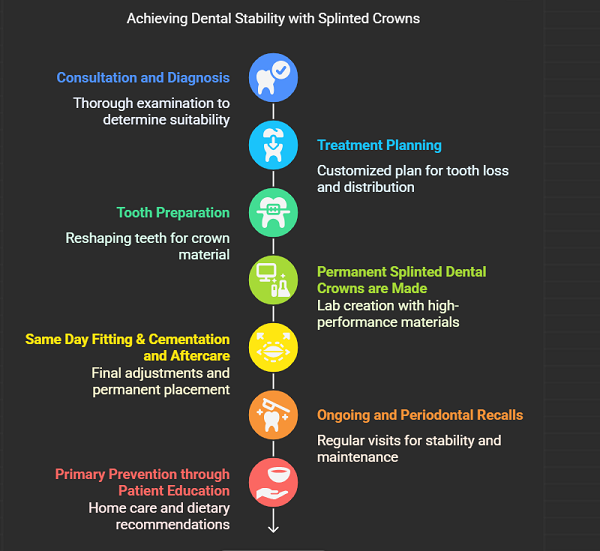
Step 1: Consultation and Diagnosis
- This thorough examination will determine if splinted dental crowns are appropriate for your particular dental situation.
- To check for tooth mobility, particularly for splinting crowns on natural teeth, the dentist must evaluate the tooth on which a crown will be placed.
- Bone support and gum health are checked via X-rays, 3D scans, and periodontal charting.
- If you have gum disease, we may do some splinting crowns in periodontal therapy before placing splinted crowns.
Step 2: Treatment Planning
- Contingent upon the degree of the tooth loss and the number of teeth that must be splinted into the splinted dental crowns, a customized treatment plan is designed.
- Splinted dental crowns should be equally distributed within the bite, which should be checked through an occlusal analysis to ensure that the bite force is not focused on the splinted crowns themselves or on the adjacent teeth.
- To ensure an accurate fit of the final restoration, digital impressions are taken.
- This plan perhaps includes Aidite gorgeous ceramic materials for best appearance and biocompatibility.
- Particular to patients who had received recent periodontal therapy, strategies for effective oral hygiene are reviewed to provide a reasonable opportunity for the long-term success of the remaining dentition.
Step 3: Tooth Preparation
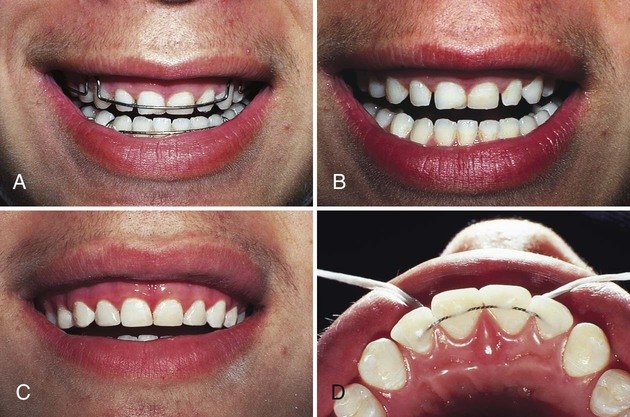
- The teeth that are going to be splinted are reshaped to remove any decay and any failing restoration.
- This will prepare enough room for the material of the splinted dental crown.
- Using CAD/CAM technology to take detailed digital scans of the mouth for a perfect precision fit.
- Once prepared teeth are done, temporary splinting crowns in periodontal therapy are cemented to protect the changes while the lab is busy getting the final restoration made.
The dentist also prepares the tooth to ensure an even load once the final crowns are placed.
Step 4: Permanent Splinted Dental Crowns are Made
- With the scans, from there, your splinted crowns are made within the lab with Aidite high-performance zirconia and ceramic solutions.
- Chairside adjustment is minimized with a precision fit due to CAD/CAM Milling.
- The lab techs match color, translucency, and contour to your natural dentition for optimal aesthetics.
- This also allows for the formation of traditionally thin facings and is sufficiently robust in cases requiring splinting these crowns on natural teeth or in patients with bruxism.
Step 5: Same Day Fitting & Cementation and Aftercare

- Splinted dental crowns try-in by the dentist
- Comfort, esthetics, and perfect occlusion are achieved with minor modifications.
- The crowns are then permanently cemented once ideal.
- That might entail cleaning technique recommendations, including the use of interdental brushes or floss threaders for splinted areas.
Follow-up visits are arranged to assess healing, the stability of the bite, and periodontal therapy, if required.
Step 6: Ongoing and Periodontal Recalls
- Your dentist will also be able to determine whether or not your splinted dental crowns are stable and successful, so regular visits are key.
- A splinted unit cannot be removed for cleaning, so plaque and calculus will build up around it, but professional cleanings will help maintain its cleanliness.
- If you are receiving regular splinting crowns in periodontal therapy as part of your care, the dental team will report on what they see with your gums and bone levels.
- In other cases, your bite will need to be adjusted from time to time to protect natural teeth and splinted crowns on natural teeth.
- The dentist will also make sure that the fit is maintained so that complications do not arise.
Step 7: Primary Prevention through Patient Education

- Education for home care, including splinted dental crown specific tools
- Explain methods of how to prevent damaging habits that could damage the high-performance zirconia and ceramic solutions
- Patients could be given dietary recommendations so that these splinted restorations are not subjected to excessive stress.
- Regular visits to your dentist help to stop any complications early on, to keep your splinted crowns for a long time.
- Aidite precision-fit ceramics ensure stability, function, and natural appearance for years to come with proper care.
Benefits of Splinted Dental Crowns
Splinted dental crowns have many benefits for both the patient and the clinician:
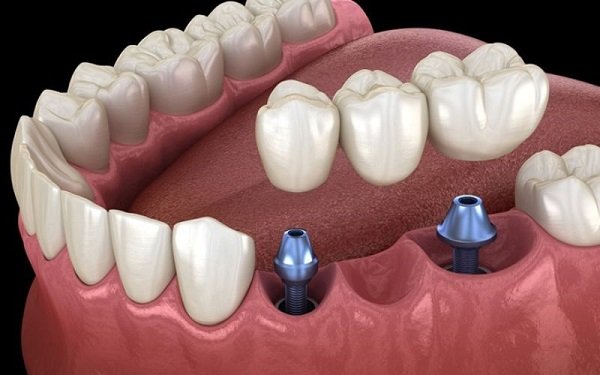
- Enhanced Stability: They combine several crowns to reduce the mobility of individual teeth and, therefore, provide a firmer bite.
- Even Force Distribution: The splinting allows occlusal forces to be shared between multiple teeth or implants, alleviating the stress on any one individual unit, thereby lowering the fracture risk.
- Periodontal Support: These stabilizing devices limit the movement of teeth that are compromised periodontally, and therefore help to minimize additional bone loss and improve the long-term periodontal stability of the tooth.
- Longevity of Restorations: In complex cases, splinted dental crowns are usually able to better withstand functional loads; thus, they are more predictable and long-lasting in comparison to multiple single-unit crowns.
- Improved Aesthetics: This is possible due to the high-grade materials such as aidite, which would closely resemble how your appearance would be to have natural translucence, and a perfect match between color for better aesthetics.
- Functional Comfort: Especially in cases of missing or weak teeth, they restore proper chewing efficiency and comfort to the patient.
- Versatility Across Cases: They are versatile in their applications, being effective for splinting crowns on natural teeth, splinting implant crowns, splinted crowns for compromised teeth, and splinted crowns in periodontal therapy.
Clinical Considerations When Choosing Splinted Dental Crowns
Key factors to consider before splinted dental crowns. Clinicians should also consider several important factors before considering splinted dental crowns:
- Oral Hygiene Maintenance: Splinted crowns require that patients practice good oral hygiene, as flossing and cleaning can be more difficult.
- Periodontal Stability: Proper management of periodontal conditions, splinted dental crowns should be done only after satisfactory management of periodontitis is achieved.
- Occlusal Analysis: This is to ensure that the horizontal biting loads are evenly distributed and that no one unit is excessively overloaded.
- Material Selection: Finally, picking robust biocompatible materials, like those featured by aidite, will mean your final product is both strong and looks great.
- Patient Compliance: Patients must be instructed on maintenance protocols and the necessity of regular dental visits to increase the longevity of the restoration.
Splinted Dental Crowns: The Importance of High Quality Cereamics
Splinted dental crowns are very much dependent on the material choice for success. This is where, and this is why, high-end ceramics such as Aidite matter:
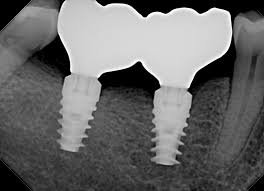
- Strength and Durability: The strength of premium ceramics enables them to resist functional loads, especially relevant in splinting implant crowns and splinted crowns for compromised teeth.
- Aesthetic Excellence: This leads to naturally opaque and color-matched lifelike outcomes that are blended into existing dentition where natural translucency would exist.
- Precision Fit: These allow for precision milling, such that splinted dental crowns fit perfectly after only minor adjustments, and are made out of high-quality blocks.
- Biocompatibility: This is done by advanced ceramics, which will cause minimal irritation to the soft tissue, allowing for better integration with the surrounding gums.
- Consistent Quality: Quality materials from reputable companies such as Aidite provide consistent performance in repeated cases, which they can utilize in long-term clinical success.
FAQs
Q1. What are splinted dental crowns used for?
Splinted dental crowns can connect toothable teeth, stabilizing mobile teeth, evenly distributing bite forces, protecting fragile teeth or implants to increase the longevity of these teeth, functionality, and appearance over a longer time.
Q2. Can splinted dental crowns be used on natural teeth?
Yes, natural tooth splinting crowns aid in the stabilization of weakened teeth or teeth that are compromised periodontally by splinting or connecting them, reducing movement and preventing further damage.
Q3. Are splinted dental crowns difficult to maintain?
This is why maintaining good oral hygiene and visiting your dentist regularly is crucial. Splinted units may require special flossing aids or interdental brushes to clean between them.
Conclusion
Splinted dental crowns have great importance in modern restorations and periodontal therapy. Indications include splinting crowns on natural teeth, Splinting implant crowns, splinted crowns for compromised teeth, and splinted crowns in periodontal therapy due to esthetic concerns and especially the desire for stability and longevity. By using Aidite materials and technology, dentists can enhance their quality of care and guarantee durable and aesthetic results for their patients. With the upward trend in demand for splinted dental crowns of high quality, Aidite has been keeping as a partner guaranteed for high-level restoration solutions.

